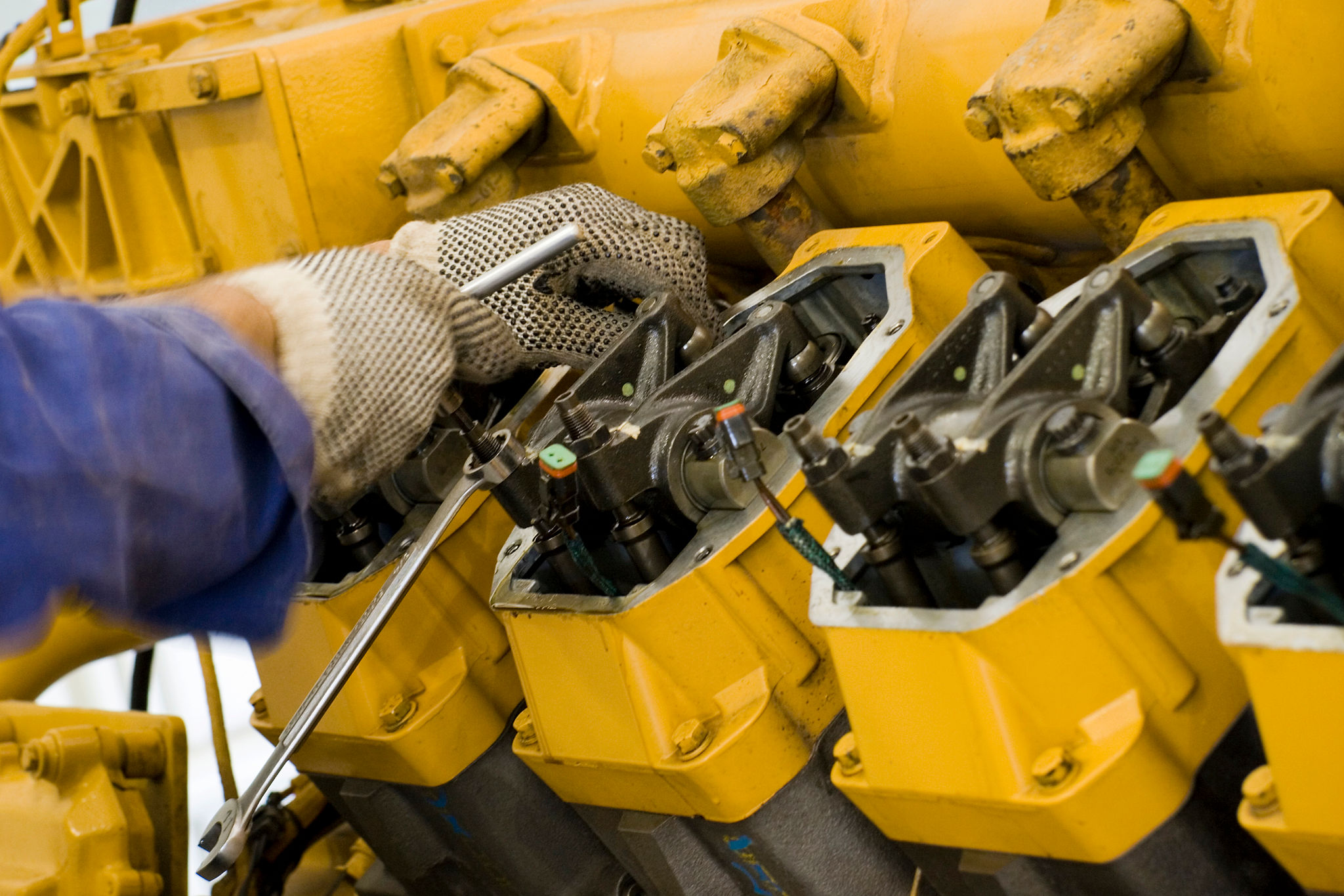How to Maintain Caterpillar Machinery in Different Climates Across the United States
Introduction to Caterpillar Machinery Maintenance
Maintaining Caterpillar machinery is crucial for ensuring optimal performance and longevity. Different climates across the United States present unique challenges that require specific maintenance strategies. Whether you're working in the sweltering heat of the South or the frigid temperatures of the North, understanding how to adapt your maintenance practices is key.

Dealing with Hot and Humid Climates
In regions with hot and humid climates, such as the southeastern United States, machinery can be susceptible to overheating and corrosion. To combat these issues, it is essential to:
- Regularly check cooling systems: Ensure that radiators and fans are clean and functioning properly to prevent overheating.
- Use high-quality lubricants: Select lubricants that can withstand high temperatures to protect engine components.
- Inspect for rust: Frequently check machinery for signs of rust or corrosion, especially in areas with high humidity.
Protecting Machinery from Dust and Sand
The southwestern United States poses its own set of challenges with its arid climate and frequent dust storms. To maintain machinery in these conditions, consider the following:
- Install air filters: Use heavy-duty air filters to prevent dust from entering the engine.
- Regular cleaning: Clean the machinery regularly to remove accumulated dust and sand.
- Seal openings: Ensure all openings are properly sealed to minimize dust intrusion.

Managing Cold Weather Maintenance
Northern states face harsh winters that can impact machinery performance. Cold temperatures can lead to issues such as battery failure and fluid thickening. To maintain equipment in cold weather, you should:
- Use winter-grade fuels: Opt for fuels that are formulated to resist gelling in low temperatures.
- Check battery health: Ensure batteries are fully charged and in good condition, as cold weather can decrease battery efficiency.
- Warm up engines: Allow engines to warm up before use to ensure proper lubrication of moving parts.
Addressing Seasonal Maintenance
Seasonal transitions can also affect machinery maintenance routines. It's important to adapt your strategies as the seasons change to ensure continuous operation. Here are some tips:
- Spring inspections: After winter, inspect equipment for any damage caused by cold weather and prepare for increased use during warmer months.
- Fall preparations: Before winter sets in, check antifreeze levels and ensure heaters are functioning properly.

Conclusion
Caterpillar machinery maintenance requires a tailored approach depending on the climate you operate in. By understanding the unique demands of different U.S. regions, you can implement effective maintenance strategies that extend the life and efficiency of your equipment. Regular inspections, the use of appropriate materials, and adapting to seasonal changes will help keep your machinery running smoothly, no matter where you are.
